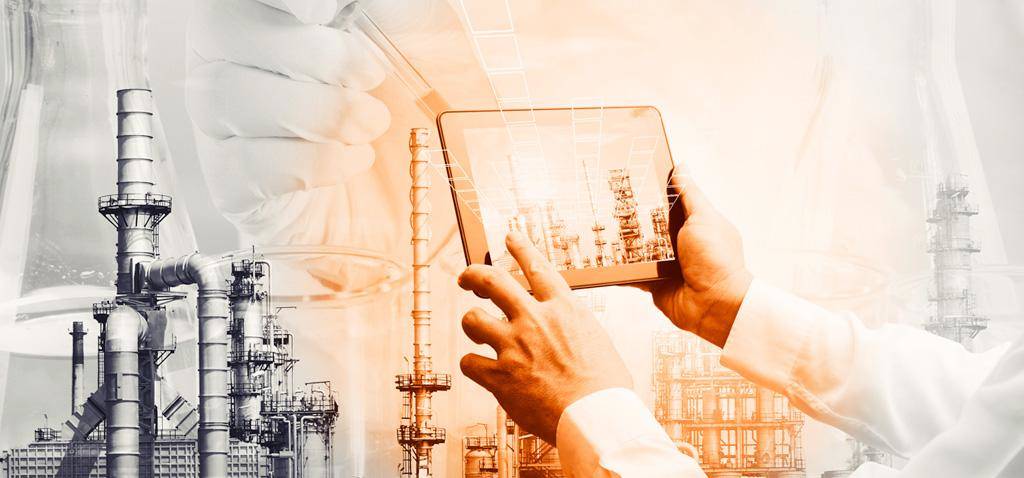
When speaking to production and management, it is common to detect a lack of visibility of how the laboratory operates. Yet the expectations on quick and trustable results are omnipresent. It is also easy to generate attention when speaking about the Industry 4.0, automation, data exchange, Internet of things, cloud and more.
Who says that this is not also available for the laboratories too? Let´s do a small comparative exercise of how the industry and the laboratories have evolved through the technical revolutions.
The first industrial revolution began through the use of steam power and mechanization of production
The first industrial revolution began in Britain in the late 18th century, with the mechanization of the textile industry. Tasks previously done laboriously by hand in hundreds of weavers’ cottages were brought together in a single cotton mill, and the factory was born.
Even though the evidence places Pythagoras of Samos´s home laboratory as the earliest laboratory. The pictures of Antoine Lavoisier laboratory are a good representation of the chemical laboratory used by his contemporaries in the 18th century. Additionally, the researcher started to work in teams in the 19th century along with exhaustive laboratory notebooks, the first definitions of standard operation procedures and stimulating scientific meetings sharing results and theories.
The second industrial revolution mastered the moving assembly line
The second industrial revolution came in the early 20th century when Henry Ford mastered the moving assembly line, and the age of mass production was born.
In the 20th century, the laboratory equipment was composed of highly precise glassware’s (Erlenmeyer flasks, graduated cylinders, volumetric flasks), controlled reagents, autoclave, personal protective equipment, measuring devices, extractor hoods, cold rooms, incubators, micropipettes and a long list of specialized instruments and devices. The mass production effect in the manufacturing lines can easily be compared to the scientific instruments. Those instruments are more complex in their role of performing an experiment, taking measurements and gathering data. They had the firmware communicating with specific software for setup, configuration, raw data collection, and first results outcomes. The analysis of multiples samples in a row, plates of 96 and 384 wells and arrays have generated an incredible amount of data and permitted, for instance, the complete sequence of the human genome by 2003. The project per se started in 1990 and speed exponentially from 2000 with the launch of new analytical technologies, software and database capabilities, the era of the bioinformatics was born. Which brings us to the 3rd revolution.
… to read more visit the NL42 blog or directly come to the Paperless Lab Academy 2019 to discuss this further
If ever a laboratory is able to focus human attention in what I like to call “review by exception” only, the Laboratory 4.0 is born.
full article